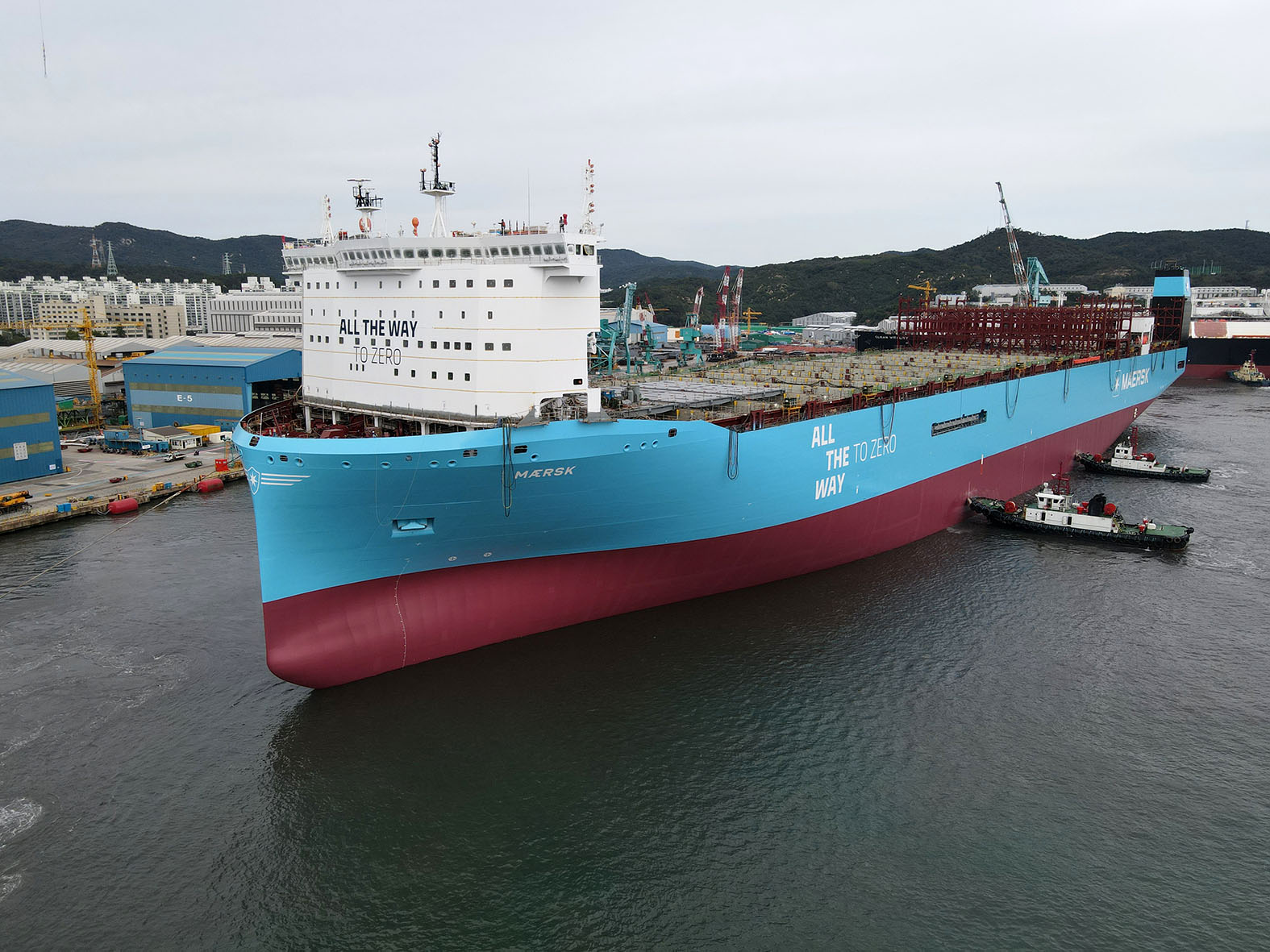Container giants will need trillion-dollar in investment in order to reach the net-zero target. AlixPartners business consultancy firm says reaching that goal will require up to $1.4 trillion in investment, with the cost burden borne by both carriers and energy suppliers and, ultimately, by shippers and end-users.
But none of the required investment and emissions reductions will occur without powerful incentives and sanctions to change the behavior of carriers and shippers alike.
“That won’t happen easily or overnight,” AlixPartners noted.
In “2024 Container Shipping Outlook” the New York-based consulting firm warns that the container shipping industry’s CO2 emissions, which rose to some 230 million tons in 2023 (out of a total of roughly 1 billion tons for all maritime shipping), are “dangerously high and climbing.”
Far from declining on the way to a mandated 20% reduction in CO2-equivalent emissions by 2030, the industry’s combined emissions will rise sharply in 2024 as liners forgo the Red Sea for the Panama Canal, which will add roughly 30% to the length of their voyages.
“The worst-case projection has industry emissions approaching 350 million tons by 2050, barring concerted intervention by governments, shippers, consumers, and industry groups,” the firm says.
“Even targeted investment and conversion to alternative-fuel propulsion systems will not be sufficient to achieve the mandated 20% reduction by 2030, but net zero by 2050 remains within reach, barely, if 5% to 17% of the industry’s fleet is converted to zero emission fuels such as ammonia, methane, or hydrogen by 2030 and 84% to 93% is converted by 2050,” AlixPartners analysis reveals.
Cross-border regulatory changes are difficult to formulate and coordinate, especially given the diverging approaches to climate change mitigation among different governments and the disparate priorities they assign to the issue.
As the consultancy firm concluded “container shipping is not a top-of-mind priority even for climate activists, since most oceangoing activity takes place out of sight of consumers and consequently claims little of their attention.”



